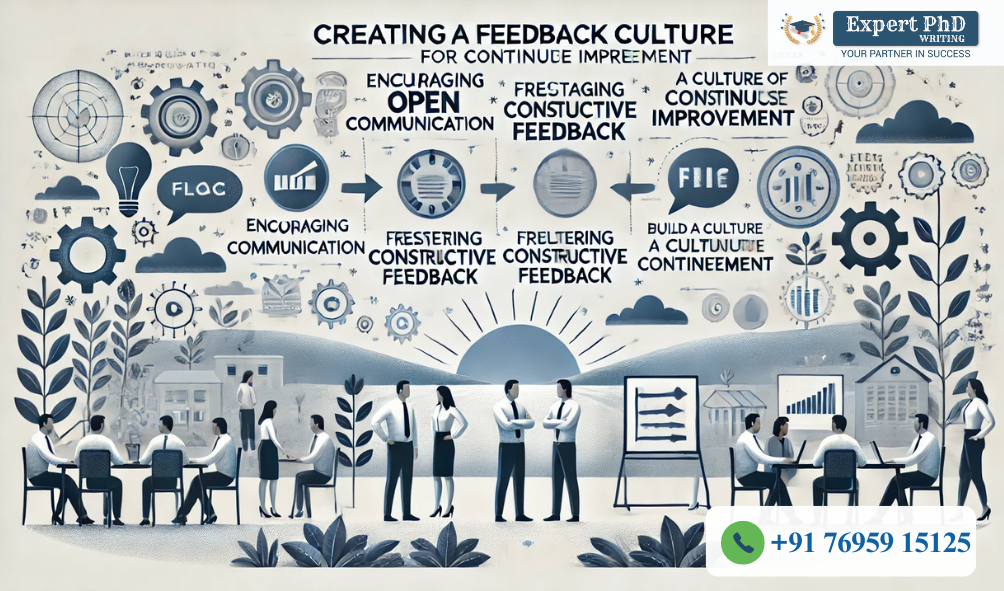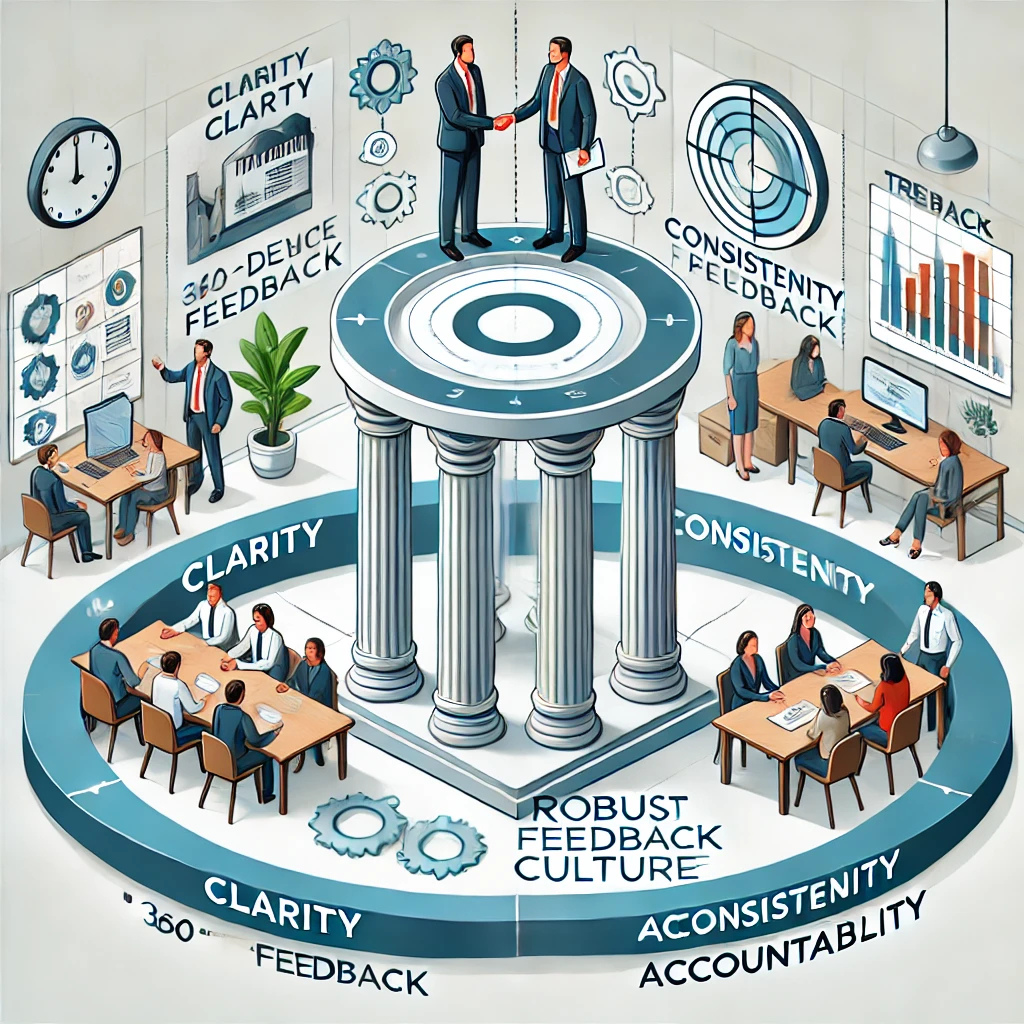
Feedback Culture: Creating an Environment for Continuous Improvement
In today’s fast-paced business environment, fostering a feedback culture is crucial for organizational success. Feedback culture refers to an environment where constructive feedback is regularly exchanged, enabling individuals and teams to improve continuously. This culture not only enhances performance but also promotes employee engagement and satisfaction. As organizations strive for excellence, establishing a feedback-rich environment becomes imperative. This document explores the significance of feedback culture, its components, and strategies to implement it effectively. (Kotiloglu, Chen, & Lechler, 2021)
Enhanced Performance
A strong feedback culture directly contributes to enhanced performance. When feedback is integrated into daily operations, employees receive timely insights that allow them to make adjustments and improvements in real time. Regular feedback helps individuals understand how their contributions align with organizational goals and encourages them to take ownership of their development. This proactive approach not only boosts individual performance but also elevates team dynamics, as team members learn from one another and collaborate more effectively.

A feedback culture empowers employees by creating an atmosphere of trust and openness. When team members feel safe to give and receive feedback, they are more likely to share ideas, identify problems, and collaborate effectively. According to research, organizations with strong feedback culture experience higher employee retention and satisfaction rates. Furthermore, feedback aids in aligning individual goals with organizational objectives, fostering a sense of purpose. It is essential for managers to lead by example, actively soliciting and providing feedback to create a dynamic environment where continuous improvement thrives. (Asatiani, Hämäläinen, Penttinen, & Rossi, 2021)
Key Components
Key components of a feedback culture include clarity, consistency, and accountability. Clarity ensures that employees understand the feedback process and its importance. Consistency involves regular feedback sessions, rather than sporadic reviews, to establish a rhythm of communication. Accountability ensures that feedback leads to actionable outcomes. Organizations can implement tools such as 360-degree feedback and regular check-ins to institutionalize this culture. Additionally, training programs on giving and receiving feedback can equip employees with the necessary skills to participate actively in this process. (Park & Choi, 2020)
Strategies for Implementation
A robust feedback culture in organizations hinges on three key components: clarity, consistency, and accountability. Clarity ensures employees understand the feedback process and its importance, fostering trust and openness. Consistency involves regular feedback sessions rather than sporadic reviews, establishing a rhythm of communication that normalizes feedback. Accountability ensures that feedback leads to actionable outcomes, encouraging follow-through and improvement. Organizations can enhance this culture by implementing tools like 360-degree feedback and conducting regular check-ins, along with providing training programs to equip employees with the necessary skills to engage effectively in feedback conversations. Together, these elements create an environment that values and leverages feedback for continuous growth and success.
To create a robust feedback culture, organizations should focus on several strategies. First, leaders commitment is paramount; leaders must model the behaviour they wish to see. Second, establishing clear guidelines for feedback can help employees feel more comfortable participating. Third, incorporating feedback into performance evaluations emphasizes its importance. Fourth, leveraging technology, such as feedback platforms, can facilitate continuous communication. Lastly, recognizing and rewarding those who actively contribute to the feedback culture can reinforce positive behaviours and motivate others to engage. (Lee, Choi, & Kang, 2021)

At the heart of a successful feedback culture lies the commitment of leaders. Leaders must not only endorse the practice of giving and receiving feedback but also model it consistently. This means that leaders should actively seek feedback on their performance and decision-making, demonstrating vulnerability and a willingness to grow. When employees observe their leaders engaging in feedback loops, they are more likely to feel comfortable participating in similar exchanges. This creates a norm where feedback is viewed as a valuable tool for personal and professional development rather than a punitive measure.
Conclusion
A strong feedback culture is vital for fostering continuous improvement within organizations. By prioritizing open communication, clarity, and consistency, companies can create an environment where employees feel empowered to contribute and grow. As businesses navigate an increasingly complex landscape, investing in a feedback culture not only enhances individual performance but also drives overall organizational success. Leaders play a crucial role in cultivating this culture, ensuring that feedback becomes a valuable tool for learning and development. By modeling effective feedback practices themselves, they set the tone for open communication and encourage their teams to engage in meaningful exchanges that drive both individual and organizational growth. (Zarbo, 2022)